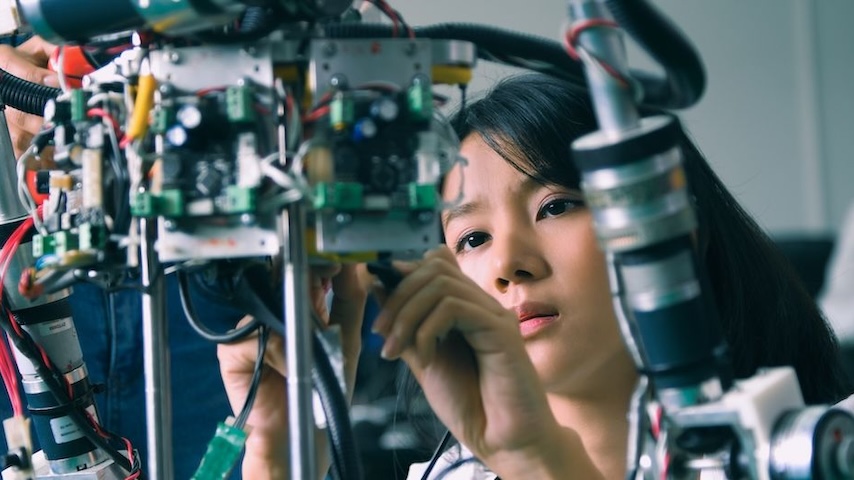House Science Committee Examines Progress on Fusion Energy
House Science Committee Examines Progress on Fusion Energy
The House Science, Space, and Technology Committee recently held a hearing exploring the current fusion energy R&D landscape, highlighting U.S. research program milestones and international research efforts driven by government research partnerships and over 45 companies working to commercialize fusion energy.
Energy Subcommittee Chairman Randy Weber (TX-14) opened the hearing with remarks noting the AI-driven increase in demand for energy in the U.S. and how technological advancements have highlighted a growing need for workforce development.
“The challenge is not simply producing more PhDs, but building a robust, skilled trades workforce. According to the Fusion Industry Association, only 23 percent of employees in the sector are scientists, and 44 percent are engineers, leaving a significant portion of the workforce without advanced degrees. The industry is expanding rapidly—growing by a staggering 50 percent in just the last two years—while the supply chain has tripled in size. Many fusion companies project operational pilot plants by 2035, with workforce needs expected to increase sixfold at this stage, not including additional supply chain demand. To address these needs, our National Labs are considering apprenticeship programs to help prevent potential worker shortages.”
Testimony highlighted recent U.S. successes and growing international competition in the race to commercialize fusion energy. On June 22, 2025, a Los Alamos National Laboratory-led team at the National Ignition Facility (NIF), which first achieved ignition in 2022, achieved the goal of burning plasma, a self-sustaining feedback loop for a fusion reaction. Since then, major nuclear manufacturing countries like China have invested between $10-$13 billion into building new fusion research and demonstration facilities.
Witnesses also highlighted how the complex nature of fusion experimentation has driven technological and scientific advances in several fields, including plasma science, superconducting magnet research, complex cryogenic systems, vacuum technologies, artificial intelligence, robotics, and high-performance computing. Access the full hearing and witness testimony at: https://science.house.gov/hearings?ContentRecord_id=4568C82E-9A97-4716-A15D-5EC016216687

